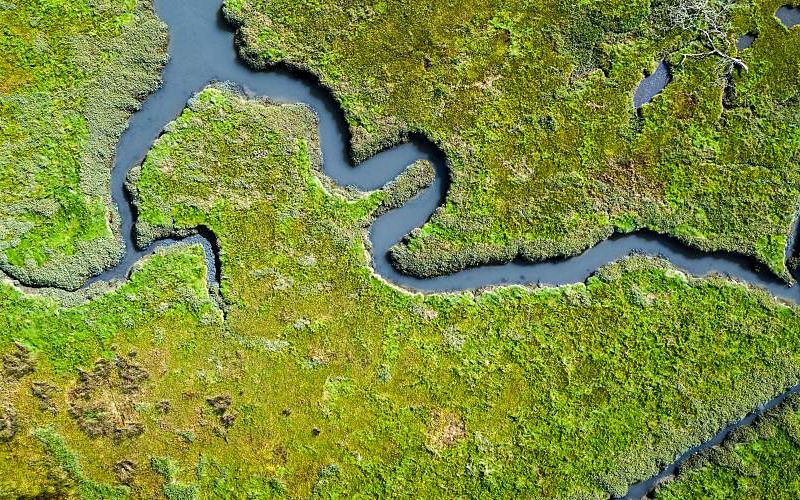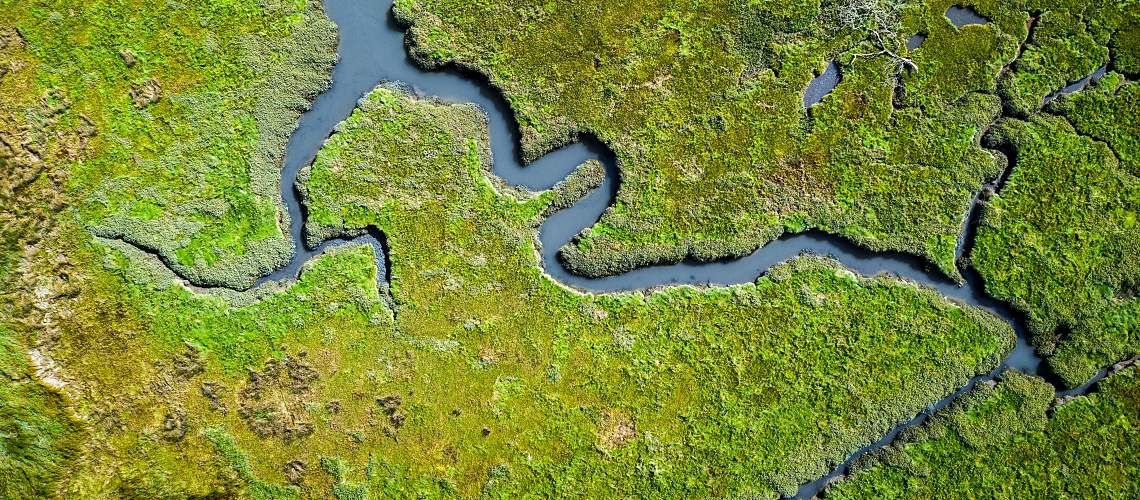EPA Finalizes WOTUS Rule With Implications for Regulated Waters


The U.S. Environmental Protection Agency (EPA) and the Department of the Army announced a final rule on the revised definition of "waters of the United States" taking effect in March 2023.
The term is politically charged, with a long history of controversy due to its impact on which waterways fall under Clean Water Act (CWA) jurisdiction.
With this rule, the EPA hopes to establish what it calls a more durable definition of waters of the United States (WOTUS). The new definition falls somewhere between those of the Obama and Trump Administrations, underscoring the EPA's effort to reduce "uncertainty from changing regulatory definitions."
Here's a deeper look at the term's significance and history, and the current legal challenge that calls into question whether the new definition will endure.
The Significance of WOTUS
WOTUS dictates which waterways, including wetlands, streams, lakes, and rivers, are protected by CWA regulations. One point of contention over the years has been how the law defines a wetland, which has large implications for property owners and land developers.
If a piece of property is considered a wetland, it's subject to CWA programs such as water quality standards and total maximum daily loads. If a company or individual wants to build on that wetland, they must obtain certain permits or may not be able to proceed with construction at all. Without a clear definition of wetland, individuals or businesses may end up building on regulated waters without knowing they need a permit. This puts them at risk of EPA lawsuits and associated fines and penalties.
The History and Controversy Behind WOTUS
It's worth noting that the CWA itself does not provide a specific definition of WOTUS. Instead, it gives the EPA and the Army the power to define WOTUS by regulation, which the agencies have done, starting in the 1970s.
Since then, several Supreme Court cases have revolved around this definition, including:
- United States v. Riverside Bayview Homes, 1985. In this case, the Supreme Court ruled that wetlands adjacent to traditional navigable water can be regulated because they're "inseparably bound up" with navigable waters. Thus, they have a significant impact on water quality and aquatic ecosystems there.
- Solid Waste Agency of Northern Cook County (SWANCC) v. U.S. Army Corps of Engineers, 2001. Here the Supreme Court ruled that migratory birds' use of "nonnavigable, isolated intrastate waters" do not fall under CWA authority. Instead, it's the "significant nexus" between wetlands and navigable waters that is the key test.
- Rapanos v. United States, 2006. In this case, the Supreme Court held that WOTUS include only "relatively permanent, standing or continuously flowing" water bodies and wetlands that have a "continuous surface connection" with a "relatively permanent body of water connected to traditional interstate navigable waters." Justice Kennedy's concurring opinion stated that adjacent wetlands have the required significant nexus if they significantly affect the chemical, physical, and biological integrity of other navigable waters.
The EPA and Army released guidance addressing the definition of U.S. waters after both the SWANCC and Rapanos decisions. Under the Obama Administration, the agencies amended the definition with the 2015 Clean Water Rule, allowing the government to regulate smaller streams, headwaters, and wetlands.
The courts struck down this rule, and in 2019 the Trump Administration repealed the 2015 rule and replaced it with the 2020 Navigable Waters Protection Rule. This rule eliminated the significant nexus test while strongly limiting the scope of regulated waters. The courts also struck down this rule.
The latest rule attempts to find a middle ground between the Obama and Trump rules, making the definition consistent with pre-2015 regulations. It also incorporates changes to align with the SWANCC and Rapanos rulings.
The Latest Legal Challenge to WOTUS
Unsurprisingly, the new rule has already been challenged in court. A Texas federal judge put the new rule on hold in Texas and Idaho pending the outcome of the latest Supreme Court case related to the definition.
In this case, Sackett v. EPA, Idaho landowners wanting to build on protected wetlands have challenged federal jurisdiction over their property. The outcome of the case is expected to have important implications for CWA jurisdiction, with a conservative court potentially leaning toward limiting federal authority.
Shifting definitions of WOTUS have been a longstanding controversy when it comes to balancing property owners' rights and environmental protection. The latest definition looks to bring clarity to the issue, with Sackett v. EPA likely to impact the future of the rule.






